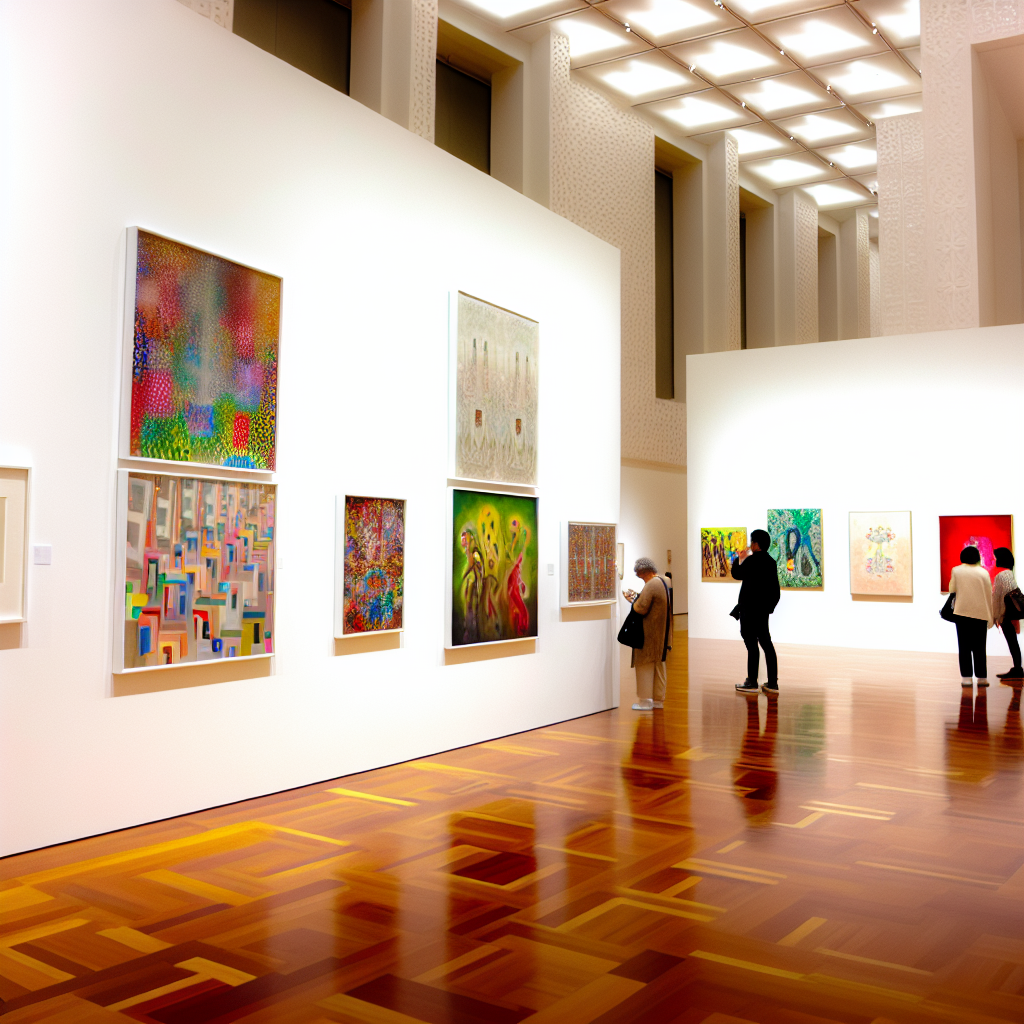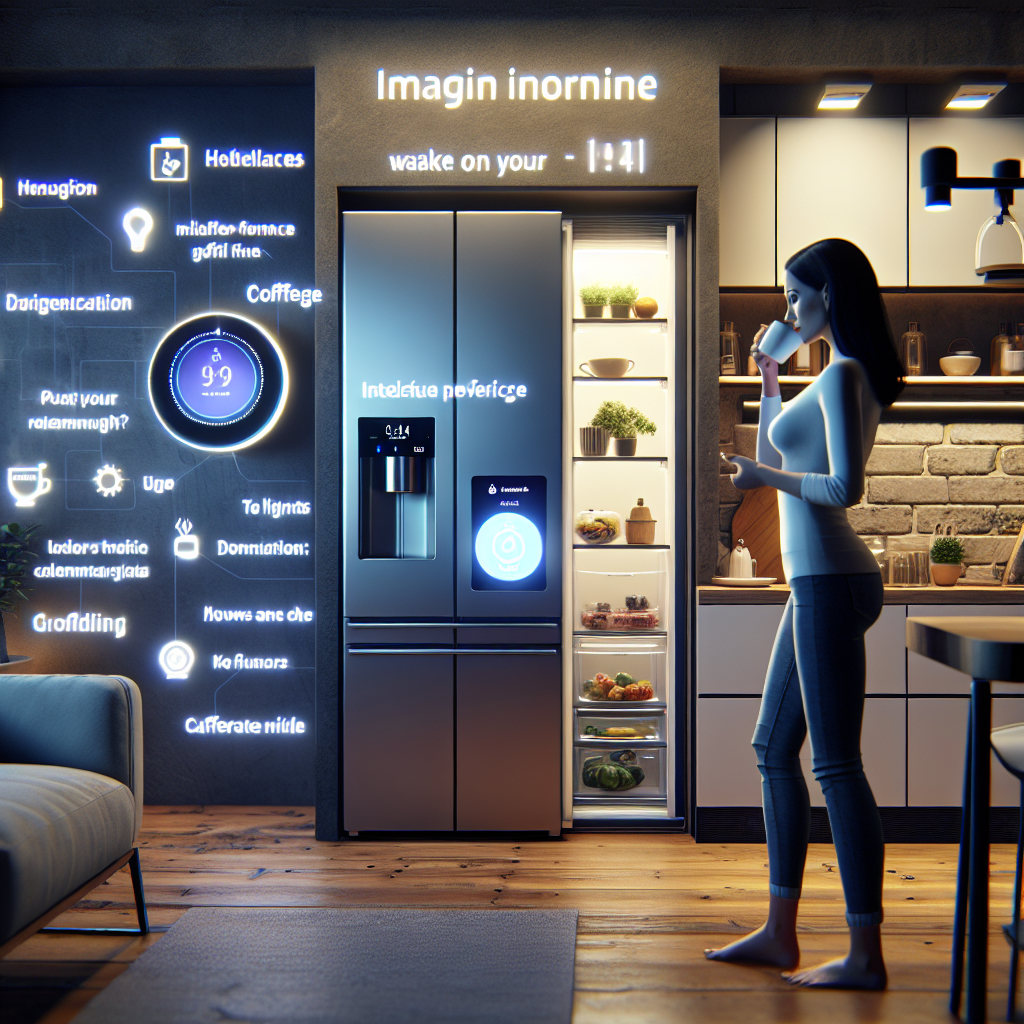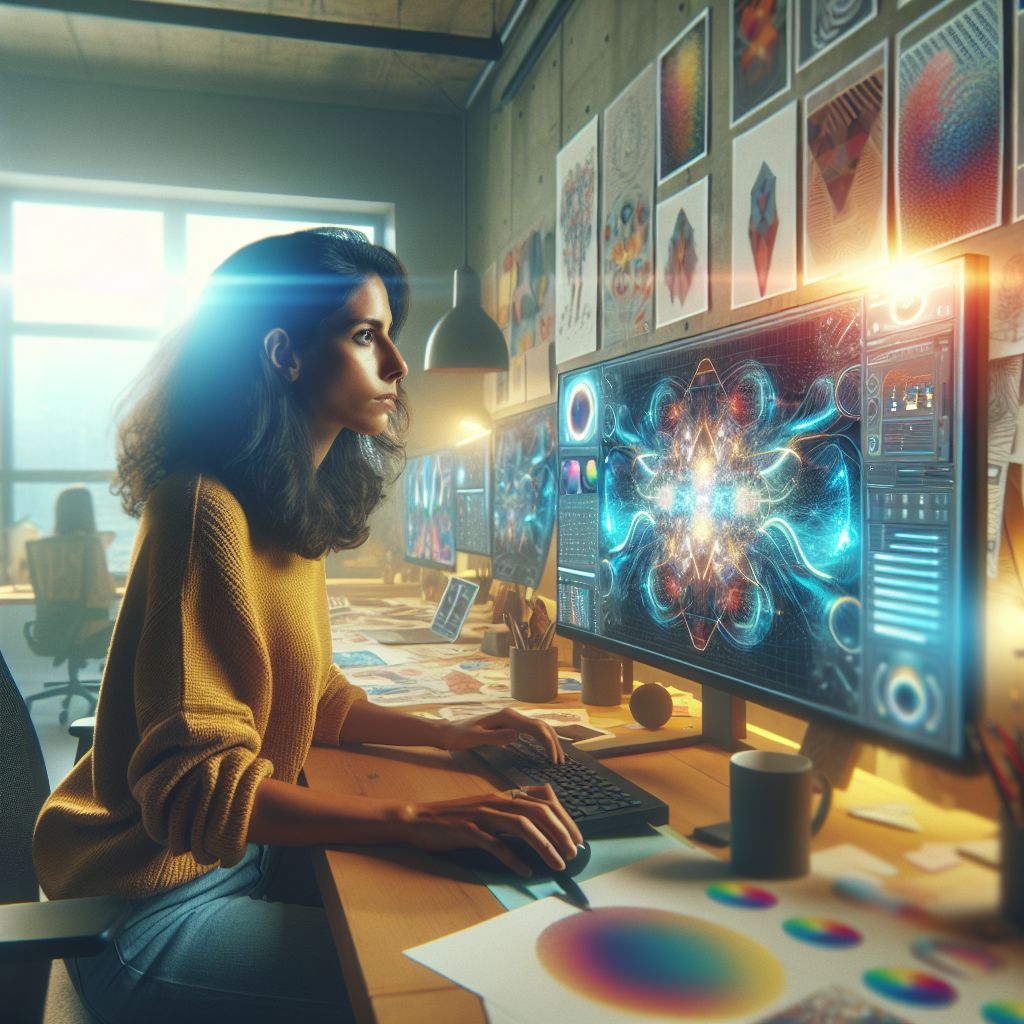Generative AI in Art: Top 7 Advanced Applications for 2025
The world of art is continuously evolving, and with the advent of generative AI in art, the boundaries of creativity are being pushed further than ever before. Creative AI tools are not only breaking new ground but are also reshaping how we perceive and create art. For AI and Data Science professionals, enthusiasts, and learners, understanding the intricacies of these technologies is crucial. This article dives deep into the advanced applications, emerging trends, and real-world examples of generative AI in art.
- Introduction
- How Generative AI is Shaping Art
- Advanced Applications of Generative AI
- Emerging Trends in Creative AI Tools
- Real-world Examples and Case Studies
- Conclusion
- FAQ
How Generative AI is Shaping Art
Generative AI in art is transforming traditional artistic practices by providing tools that offer unprecedented functionality and creativity. By leveraging algorithms, artists are now able to generate novel works of art, simulate complex patterns, and even collaborate with AI systems to push the boundaries of their creative abilities. For a deeper dive into AI technologies, explore AI Technologies and Innovations on our site.
Advanced Applications of Generative AI
1. Style Transfer and Augmented Creativity
Style transfer is a powerful tool that allows artists to apply the stylistic elements of one image to another. This has broadened creative possibilities, enabling artists to blend various styles easily. With platforms like DeepArt and Prisma, artists can explore endless design variations.
2. AI-generated Music and Soundscapes
AI is not limited to visual arts; tools like AIVA and Amper Music are revolutionizing music composition by generating original soundtracks tailored to specific themes or moods. This opens new avenues in music production and sound design.
3. 3D Modeling and Animation
Generative AI is pivotal in 3D modeling, offering capabilities such as automated texture creation and procedural model generation. Software like NVIDIA’s GauGAN is leading the charge, allowing artists to craft detailed environments and characters efficiently.
Emerging Trends in Creative AI Tools
As generative AI technologies advance, several trends are emerging that promise to redefine the artistic landscape. These include collaborative AI platforms, which enable artists to co-create with AI systems, and the integration of virtual and augmented reality, offering immersive experiences and interactive artworks.
Stay updated with the latest in AI trends by visiting AI Trends and Future Innovations on our site.
Real-world Examples and Case Studies
The AI Art Movement
Renowned artist Mario Klingemann uses AI to explore the complexities of human identity and perception, producing works that challenge traditional aesthetics. His art highlights the symbiotic relationship between human creativity and machine learning.
The Rise of AI in Film and Animation
In the film industry, AI tools are employed to automate visual effects, background generation, and even character creation. A remarkable example is the use of AI in the film “The Irishman” for de-aging actors, showcasing the practical potential of AI in modern cinema.
Conclusion
Generative AI in art is not just a technological revolution but also a cultural one, offering a plethora of opportunities for artists and technologists alike. As we move toward 2025, embracing these tools will be crucial for those looking to innovate and excel in the field. For those eager to delve further, consider subscribing for our latest updates on AI advancements.
- What is generative AI in art?
- Generative AI in art involves using algorithms to generate new artistic content, offering artists a range of creative possibilities beyond traditional methods.
- Which industries benefit most from creative AI tools?
- Alongside the art world, industries like film, music, and video games significantly benefit from creative AI tools, enhancing production efficiency and innovation.
- How do I start using generative AI tools as an artist?
- Begin by exploring platforms like GANPaint Studio or DeepArt, and gradually experiment with different tools to find what best suits your creative process.
- Are there ethical concerns with AI-generated art?
- Yes, issues such as copyright infringement and the authenticity of AI-generated pieces are ongoing discussions in the art community.



